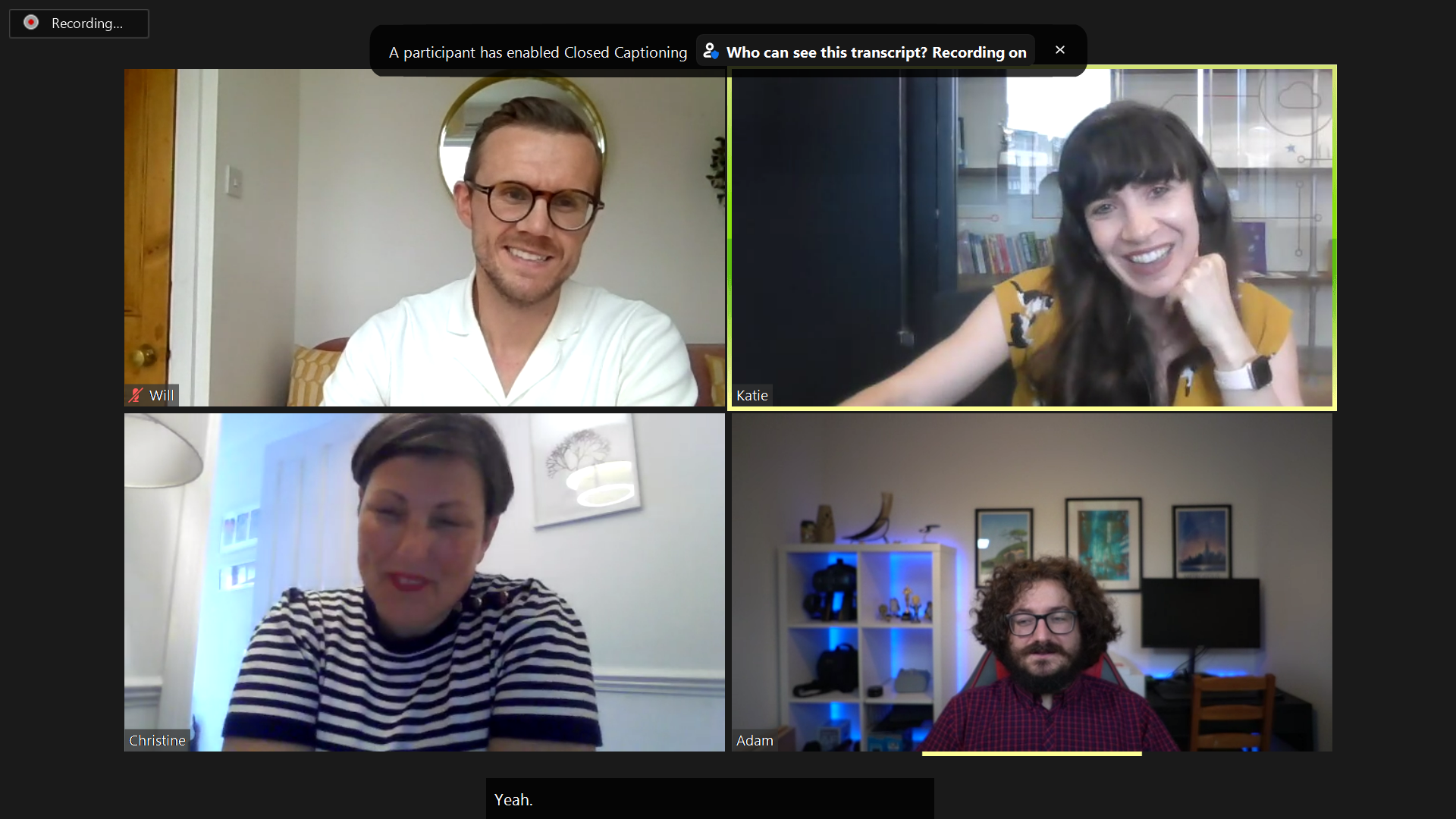Here are three key takeaways from the event – some simple rules to follow, which should help PRs get the most out of their pitching efforts:
Know your audience, always
Before pitching to a journalist, make sure you do your research. Know them, know their beat. Spend some time reading the stories they’ve published in recent weeks. Take a look at their social profiles. This will help you get a handle on their preferences…. do they talk to tech vendors, or just customers? Do they write news, or more analytical features? Do they review products? This research is an important first step ahead of crafting a pitch, and will help you ascertain firstly, whether they’re the right target, and if they are – make it personal and relevant to them. As a channel journalist, Christine deals with a high percentage of pitches from PRs which don’t even mention channel partners. The lack of understanding and personalisation in a pitch will be immediately off putting.
Remember you’re a human, talking to a human
We PR folx can get tied up in knots when crafting pitches…. They can quickly become long-winded and convoluted. But this is a risky approach, as it’s confusing to the journalist reader – and they’ll get sent straight to a deleted items folder. Brevity and simplicity is key. Adam emphasised the criticality of the subject of an email, which for many journalists is the first and only way they judge whether an email is worth opening. Describe what’s inside, in a nutshell. What’s more, always be honest. Don’t pitch a client unless you have buy-in from your client, or are at least confident they’ll follow through and commit to the interview, or provide comment. If you don’t, you’ll end up wasting the journalist’s time.
Don’t underestimate the importance of irl time
We’ve spent the past couple of years working in new and different ways, from fully remote to hybrid. And for both the PR and media communities, it’s changed things. Sure, some benefits have come from this, flexibility and for many, an improved work/life balance. But, gone are the breakfast, coffees, lunches, drinks…those critical moments where we’ve gotten to know each other in an informal environment. And in turn, we’ve been seriously lacking that build-and-maintain nature of relationships between PRs and journos, which Christine and Adam both agree can really help. So, the time really is now. Ask journalists for time on a social basis. The better you know them, the more likely they are to call on you for help, or respond to your email. And think about offering up clients in person, too. To Adam’s point, a virtual format is great for product reviews, webinars etc – but nothing replaces being with someone for a deeper, more strategic conversation, where tone and nuance is key. Let’s not forget that when your nonverbal cues match up with the words you’re saying, they’re going to increase trust and rapport.
Now, more than ever, we need to build empathy between PRs and journalists. We need to acknowledge that this has been a challenging period for everyone, and that we’re all under pressure…. But, that we’re also vital to each others’ success. So, let’s learn, be willing to grow and absolutely, make sure that we’re taking time out to connect.
If you’d like to get in touch with ideas for future PRCA Tech Group events or would like to be involved – please contact myself or Will Cook. We’d love to hear from you.
















